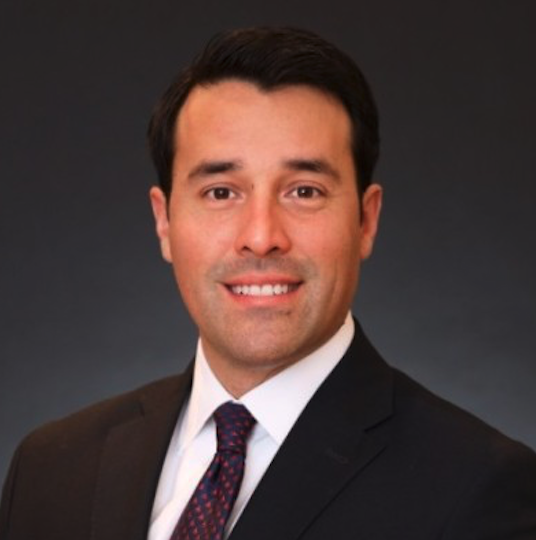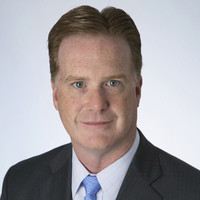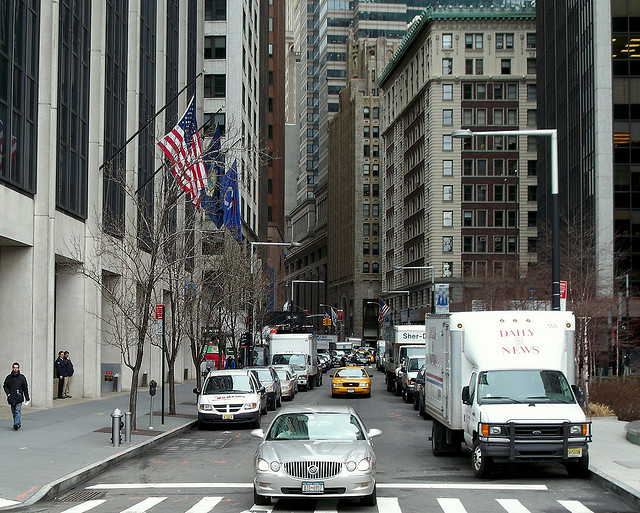Despite central banks’ efforts to lower market expectations, they’ve caused so much volatility that dispersion is noticeable not only across different asset classes but also in macro predictions themselves. One of the most optimistic firms is Deutsche Bank Spain, which anticipates a new phase of global growth, with a gradual reduction in inflation figures and developed central banks cutting rates, a positive scenario for financial markets. Rosa Duce, their Chief Investment Officer, stated that “the global economy is entering a new bullish cycle.”
Duce recently explained at a press conference that her firm anticipates a 0.7% growth for the eurozone in 2024, which could rise to 1.1% in 2025 thanks to the boost from Germany. This recovery would be driven by real wage growth and an increase in external demand as the global economy revives, as well as the planned disbursements from the NextGen funds. Consequently, they expect the ECB to cut interest rates three more times by June 2025.
Spain is expected to surprise positively with its growth, projected at 2% for this year and 1.2% for the next, with room for upward revision, given that the country is benefiting from the boost in tourism, consumption, and greater strength in the labor market.
For the U.S., the firm expects an expansion by the end of 2024 and 2025, primarily driven by consumption, although the expert noted the need to delve deeper into the macro data. For example, observing the reduction in market participants or the increase in demand for a second job to supplement wages. “If these components were excluded, the U.S. unemployment rate would be around 7.5%,” Duce stated.
The expert mentioned that the U.S. “hides weaknesses” that could influence the Federal Reserve’s monetary policy (they anticipate a rate cut in 2024 and two more in 2025) but sees the country embarking on a new positive cycle of productivity driven by artificial intelligence, leading Deutsche Bank Spain experts to expect more growth in the medium term.
Alejandro Vidal, Head Investment Manager at Deutsche Bank Spain, explains that European corporate debt with an investment grade is currently at the heart of their strategy, although he recommends a barbell approach: adding positions in mega caps (they like the Magnificent Seven but also find opportunities in other market areas) and small caps, long in Asian equities, and positioning in IG corporate debt, especially financial.
UBP also shows an optimistic stance. Olivier Debat, product specialist, explains that his firm is working with a thesis of growth reacceleration, minimizing the possibility of a soft landing. They also anticipate more wage increases in the U.S. and Europe, with their consequent impact on inflation, which will remain more persistent than anticipated. However, they do not foresee major changes in monetary policy for the moment: “We do not see room for the ECB to continue cutting interest rates. The June cut was a technical reduction,” adds Debat.
Given this macro scenario, UBP declares itself positive on credit and cautious on sovereign debt. “We do not see a catalyst to adjust duration,” Debat comments, referring to the fact that, as the curve remains inverted, short segments continue to offer attractive remuneration and the possibility of investing in quality debt, assuming less risk.
The expert notes that currently, various segments within fixed income offer returns more typical of equities, so the firm also recommends a barbell approach, combining IG corporate debt with allocations to the riskier part of fixed income (high yield, AT1 bonds, CLOs) to obtain higher returns and diversification.
“After a decade in which the main source of return in fixed income came from the movement of spreads, now the focus is on the coupon that bonds can pay. This makes credit very attractive,” concludes Debat.
A New QE?
From M&G Investments, manager Richard Woolnough proposes an alternative scenario. The expert foresees that inflation and GDP will converge towards the neutral rate, a scenario that does not present “a great entry point for investing in bonds.”
Woolnough states that the world is heading towards a slowdown: “The economy is already overheated, but it has been shown that inflation can be reduced without causing a recession. The current question is whether banks will rush to recognize the risk of recession and lower interest rates prematurely, or if they will remain hawkish, maintaining the ‘higher for longer’ environment.” “The longer central banks maintain their hawkish stance, the greater the risk of a hard landing,” Woolnough concludes.
The manager has long been drawing attention to the levels of liquidity present in the system, given that major central banks have been systematically draining it. Looking ahead to the coming months, he presents an unusual thesis: “Central banks need to maintain an adequate amount of money in the system to encourage GDP growth. If they want to return to normal, they will have no choice but to start printing money again (QE).”
Bearish Signals
The most pessimistic stance is held by Henry Neville, manager of Man Group. Based on market behavior from 1800 to 2024, the manager states that the current environment of rising equities and falling bonds has only occurred historically 11% of the time, and he considers it a possible indicator of the proximity of a bear market. Neville highlights that valuations are very high and earnings forecasts are narrowing, asserting that “the bearish potential is significant in stocks.”
“We are in a relatively uncomfortable place, where small market movements can cause larger impacts than in the past, and where duration no longer offers the same protection as before, even with inflation falling,” the expert declares, adding that corrections the markets may experience in the future “could be more damaging than those in the past.”
In the long term, the manager’s forecast points to a bear market for equities versus commodities, reflecting the cost of the significant transitions the world is heading towards (energy transition, multipolar world, increasing debt…). In his opinion, the global economy is heading towards a period of secular stagflation, where yields will tend to rise in fixed income. “The level of uncertainty could increase in the next decade and, if this happens, risk premiums should be higher than they are today. The current premium offered by U.S. debt is too low,” Neville states, concluding: “This would implicitly harm equities and explicitly harm fixed income.”




